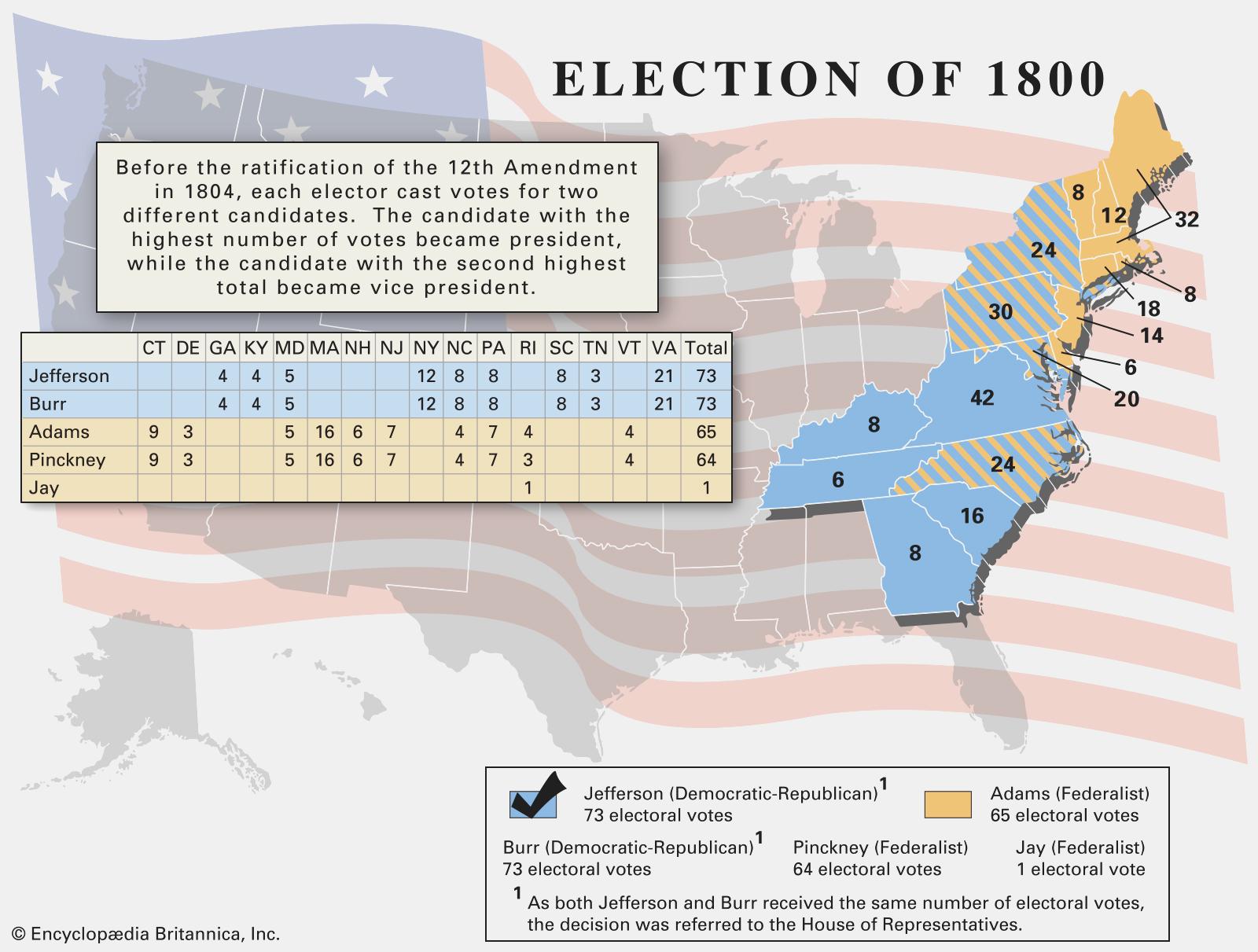
6 minute read
SO.. WHAT ACTUALLY IS THE ELECTORAL COLLEGE?
BY : ANUSHA NATARAJAN
The Electoral College has been an important piece of the voting process since the beginning of American elections. In the U.S. Constitution (Article II Section 1), it was established that the electoral college would decide who would consist the American presidential ticket for the next set of terms (the ticket includes both the president and vice president). These terms would consist in twos, four years in each term.
Advertisement
The main reason that this system was created was to make sure that educated individuals would select the next president.
The Electoral College in the United States is based on the number of senators and representatives from each state, making it a total of 538 electoral votes. Let’ s take the state of California for an example. California has currently 55 electoral votes because there are 2 senators and 53 representatives, which add up to make up 55 electoral votes. These 55 electors will then cast their vote for the next President. In order to become president, 270 votes need to be reached in order to be declared the winner.
The Foundation
The Electoral College first came to light when the Founders of the United States were crafting the Constitution in 1776. The founders did not want Congress to choose the president, so the Electoral College served as the solution in order to prevent the legislative branch from becoming too powerful. To note during this time, only white men who held a certain amount of land were allowed to vote. No women, poor white men, or slaves could vote during elections.
When Andrew Jackson became president in 1824, he granted universal male suffrage, meaning that all white men regardless of their socioeconomic status, were granted the right to vote. Jackson made this decision because he came from a non-college educated family who settled in the rural areas of present day North and South Carolina.
After the Civil War in 1865, slaves gained their right to be independent. The 13th, 14th, and 15th amendments were added to the Constitution shortly after in order to provide equal protection and rights for all Americans, regardless of their gender. Despite such a decree, women were still not allowed to vote.
This outraged women, as they began to champion and advocate for women ’ s suffrage and equality for all. Going into the 20th century, Americans were met with a large global challenge, which was World War I. When America was brought in fighting in the war in 1917, women supported the men on the field by becoming nurses and creating life-saving supplies, such as making surgical gowns, and cooking food. Women played a pivotal role in the war, and this led to the passage of the 19th amendment in 1920. Finally, after many years, this amendment gave the women the right to vote.
Thanks to the passage of these amendments, we had the first female presidential candidate from a major party ticket as many women began to enter the medical, legal, and business field. In today ’ s world, the racial and gender diversity has progressed within Congress, campaign opportunities, and the voting system itself.
7
How does the electoral college work?
The electoral college is made up of electors who deliberate in December who the next President should be. When the citizens vote for the respective candidates for president, the electorates are chosen. Based on how the state voted, in this case Democrat or Republican, then the electors will cast either vote for the Democratic or Republican candidate. The number of electors usually stays the same unless the population has increased or decreased in that state because the state would have added or removed a legislative district. Here ’ s how it would apply: If a Republican candidate wins a majority of the vote in Florida, then the Republican candidate will receive all 29 electoral votes for the road to the presidency.
Only the 50 U.S. states take part in the electoral college as U.S. territories can only vote in the primary election. However, if there is a tie in the electoral vote, then the election will go back to the House of Representatives, and each state in the House will get a vote. This has happened only once in American history in the 1800 election between Thomas Jefferson and Aaron Burr. Both men were both tied at 73 votes, which led the House to decide who would be the victor, which ended up being Thomas Jefferson.

One thing to note that the Constitution does not explicitly say that the states should make sure that the electors follow the state ’ s popular vote. However, states have taken that detail into attention and passed laws to make sure that electors follow and consider the popular vote when casting their vote in December.
Electoral Colleges are not just unique in the U.S. They are present in other countries, such as Madagascar, Pakistan, and Estonia. However, the electoral college does serve a different role in other countries. For example, in Estonia, the Electoral College is used when the Parliament cannot reach ⅔ majority to vote for the next chief executive. Then, it will go to the Electoral College, which is made up of members from a local council and the Parliament, and they will decide who will win the election.
Similar to the United States, the Pakistan government picks their next President through the electoral college, which is made up of members of the Senate, National Assembly and provincial assemblies. The electoral college will elect the next President, who will serve a five year term and can serve up to two terms.
In the United States, there are two types of data to look for in elections: the electoral college and popular vote. The popular vote is how the American people voted versus the electoral college is basing the popular vote data to choose electors to select the President.
One important note to make is that even if one candidate wins the popular vote and the other person wins the electoral college vote, the person who wins the electoral college vote will be declared the winner to the presidency.
There have been instances throughout American history where this has happened.
9
Take a look at the 2016 election, in which Democrat nominee Hillary Clinton could not secure enough votes for the electoral college, but surpassed the Republican nominee, Donald Trump for the popular vote.
Thus, the popular vote shows how the candidates bode well with the public and the satisfaction of one ’ s policies and persona.
The Electoral College is the more favored method that the Founders wanted to use because it was important to have a middle body decide who would be the next president. The Founders did not want solely the rich and common citizens to decide the next president because one would lead to a monarchy or another would lead to anarchy. They also wanted all states to be involved in the election process, not just the large and populous states.
While the electoral college might have its flaws, it is still a crucial part of our presidential elections as well as the history that goes behind our governmental system. It plays a large role in selecting a leader who would represent the people, serving them with policies and experience that will affect future presidencies to come. With that being said, there ’ s only one thing left to do: Vote now, if you are eligible. While your voice may seem like a speck in millions, a million specks make up the big picture as a whole. Imagine a domino effect. One vote can influence the people around you, encouraging them to vote. When it spreads to more people through connections, the votes are what determine the conditions we live in. It’ s time to get your voice heard.
*Sources: *https://www.history.com/news/electoral-college-founding-fathers-constitutional-convention https://www.nps.gov/articles/women-in-worldwar.htm#:~:text=Tens%20of%20thousands%20of%20women,the%20military%2C%20and%20our%20allies. *https://www.usa.gov/election#:~:text=In%20the%20Electoral%20College%20system,(270)%20wins%20the%20election. *https://www.ifes.org/sites/default/files/the_ national _assembly_of _pakistan.pdf






